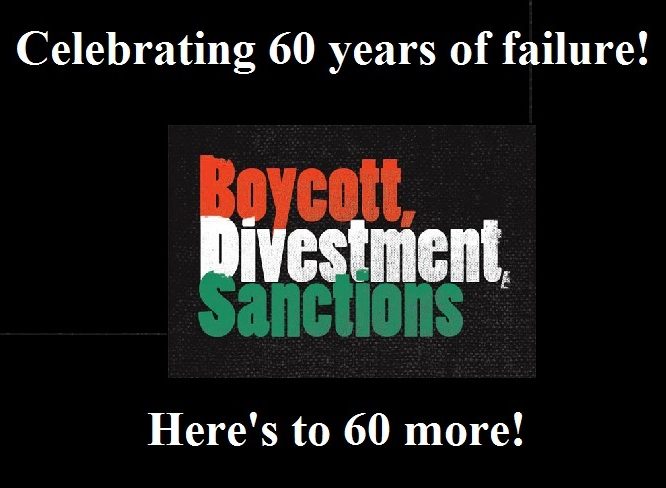From the earliest days of Zionist settlement in the Middle East, the hope was that Jews would live in peace with their neighbors. Throughout the decades, efforts have been repeatedly made to reach compromises that would allow Jews and Arabs to share the area once known as Palestine. Today, Israel’s leaders have said they support the creation of a Palestinian state coexisting beside Israel. Unfortunately, today, as in the past, the Arabs have been unwilling to accept the Jewish state.
Timeline of Israel’s Peace Overtures
1947-Israel accepts the UN Partition Plan, which would have created two independent states. The plan and the idea of a Jewish state is rejected by Arab leaders. Surrounding Arab states subsequently invade the newly independent state of Israel on May 14, 1948, in hopes of dividing Palestine among themselves.
1967– Shortly after the Six-Day War, Prime Minister Eskhol offers to negotiate to return almost all captured territory in exchange for peace. The Arab League gives its response at the Khartoum Conference: “No Peace, No Negotiation, and No Recognition” policy toward Israel.
1978- At Camp David, Israel agrees to give up the Sinai — 91% of the territory captured in 1967 — in return for a promise of peace from Egypt. Israel also offers autonomy to the Palestinians, but they reject the idea and refuse to negotiate. Saudi Arabia leads an Arab League campaign to ostracize Egypt.
1983- Lebanon reneges on the U.S.-backed Israeli-Lebanese Peace Agreement due to Syrian pressure and the assassination of the Christian leader who signed it.
1991- Israel negotiates with its neighbors at the Madrid Conference and subsequent multinational talks, but no Arab state is prepared to engage in direct talks to reach peace agreements.
1993- Israel and the PLO agree to mutual recognition and negotiate the Oslo Accords in the hope of concluding an agreement to end the conflict. Instead, the PLO wages a terror campaign.
1994- Israel signs a peace agreement with Jordan.
1997- Prime Minister Netanyahu agrees to withdraw from most of Hebron, which many regard and Judaism’s second-holiest city.
1998- Israel agrees to withdraw from an additional 14% of the West Bank in the Wye River Memorandum, but the complete redeployment never takes place because of ongoing Palestinian terror attacks.
2000- At Camp David 2000, Israel offers to evacuate 100% of Gaza and 97% of the West Bank , dismantle most settlements and allow the establishment of a Palestinian state with East Jerusalem as its capital. Arafat rejects the deal without making a counter-offer.
2001– Israel accepts the Clinton Parameters, which involves creating a Palestinian state with a capital in Jerusalem.
2003- Israel signs on to the American-backed Road Map for Peace. Continuing Palestinian violence and incitement, Palestinian anger over Israeli settlements, and the refusal of Arab states to make gestures toward normalizing ties with Israel render the plan ineffective.
2005– Israel unilaterallywithdraws all its troops and Jewish settlers from the Gaza Strip and part of the West Bank in hopes that the area with flourish under PA leadership and build confidence that territorial compromise in the West Bank will lead to peace. Instead, Hamas seizes control of Gaza and Israel is bombarded by rockets and mortars for more than three years.
2007– Israel attends the Annapolis Conference in hopes of restarting peace talks.
2008- Palestinian President Abbas rejects Israel’s offer of Gaza, East Jerusalem, and 98.5% of the West Bank.
2009– Israeli Prime Minister Benjamin Netanyahu calls for resumption of direct talks with the Palestinians and declares support for a two-state solution. Palestinians refuse to negotiate.
2010- Netanyahu agrees to attend peace summit in Washington, D.C., convened by President Obama. Abbas is pressured to attend but threatens to leave talks if Israel does not freeze all settlement construction, a demand never made in prior negotiations.
Israelis continue to support peace, with 73% endorsing the creation of a Palestinian state alongside Israel.
